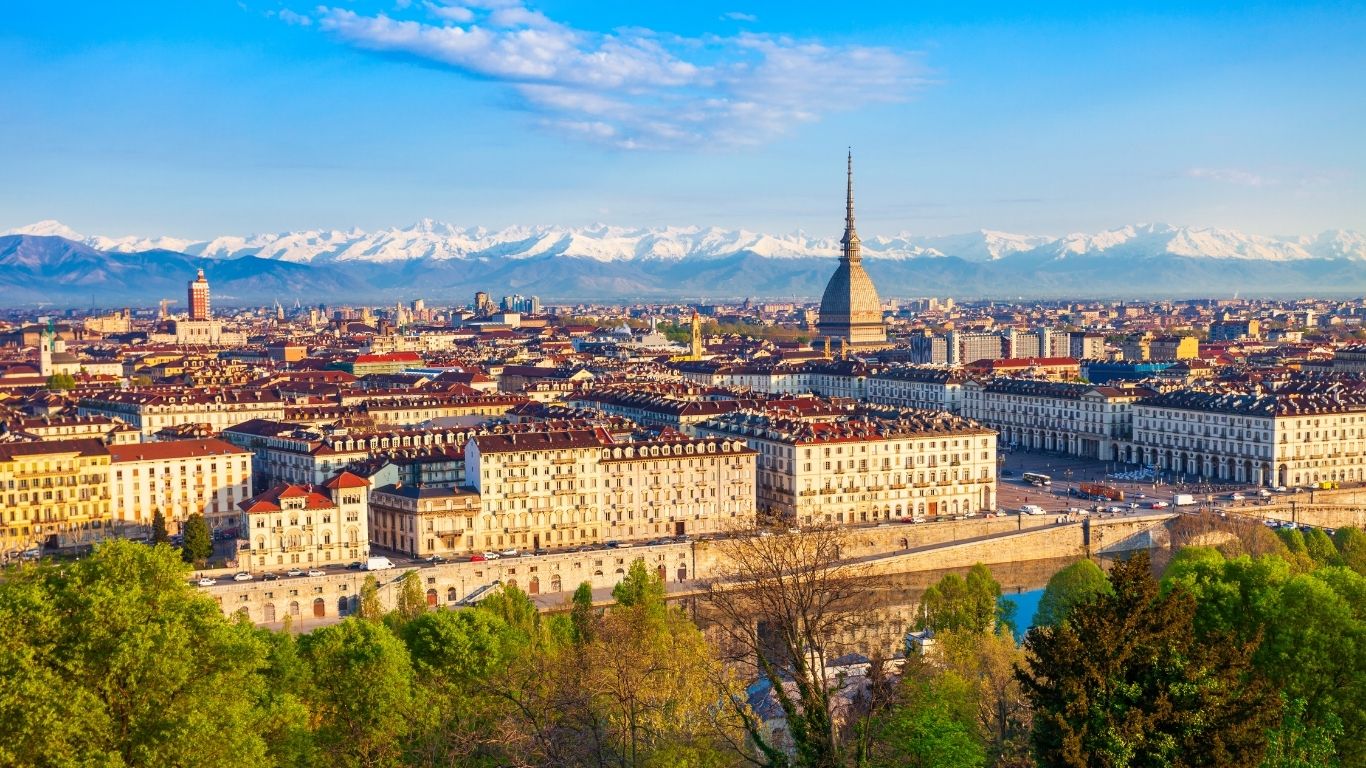
Where to Take the Best Photos in Turin? Our 10 Must-See Spots
Our 10 Must-See Spots for Picture-Perfect Memories
From 1861 to 1865, it served as the first Italian capital and is now the capital of Piedmont and the Metropolitan City of Turin. Known for its sophisticated architecture and gastronomy, Turin is a city in northern Italy that serves as a significant business and cultural hub. Situated beneath the Susa Valley on the western bank of the River Po, the city is encircled by the Superga hill and the western Alpine arch. It has a ton of beautiful locations! Although it is difficult to pick just ten, we have compiled a list of our top ten locations for stunning photos while you're there.
We're sharing our top picks for breathtaking photo spots in Turin in this guide. In order to avoid crowds and capture the ideal light, we also advise you on the best time and method to visit each location.
Let's take a tour of the city's most picturesque locations, ideal for making memories along the way.
1. Mole Antonelliana
The Mole Antonelliana is a notable landmark building in Turin, named after its architect, Alessandro Antonelli. An enormous structure is called a mole in Italian. Shortly after Italian unification, in 1863, construction got underway, and it was finished in 1889, following the architect's passing. Originally intended to be a synagogue, it is currently home to the Museo Nazionale del Cinema, which is thought to be the world's tallest museum. The ground floor ceiling beneath the atrium features Catalan vaults, which are popular in Spain, where they originated, but are very uncommon in Italy.

- Why is it exotic? 🤔
The most iconic landmark is its unique shape and breathtaking city views from the top. - Best time to visit 📅
Late afternoon for softer lighting and fewer crowds. - Photography tip 📷
Capture its full height from a distance or go up to get skyline shots.
2. Piazza Castello
A well-known area in Turin, Piazza Castello is home to a number of the city's attractions, museums, theaters, and cafes. The square is rectangular in shape, with the architectural complex of Palazzo Madama at its center. Several city buildings' facades and graceful porticoes encircle the square. The elevation of the square is 239 meters above sea level. These are the Teatro Regio and the Royal Armory, two imposing structures on either side of Via Garibaldi, one of which is home to the Piedmont Region's headquarters.
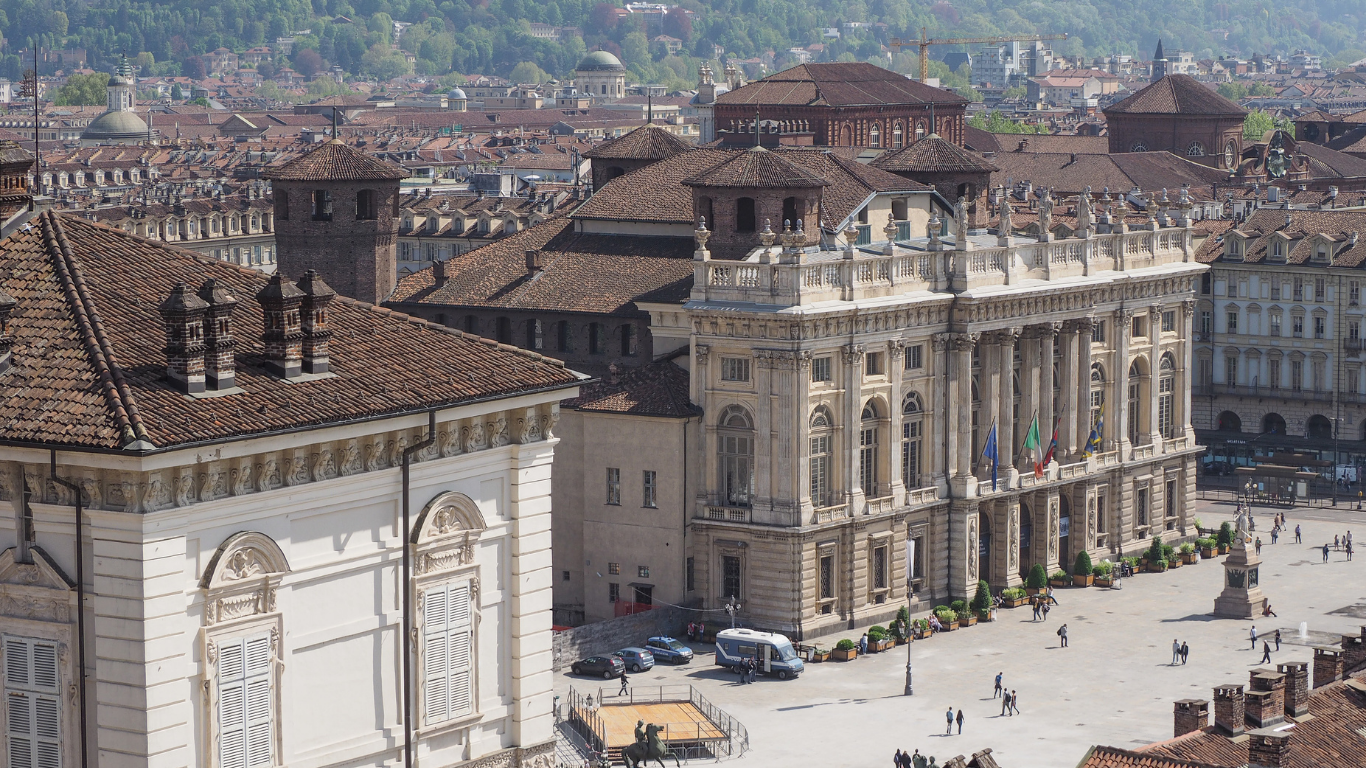
- Why is it exotic? 🤔
A grand, historic square surrounded by palaces and important buildings. - Best time to visit 📅
Early morning or evening to enjoy the calm atmosphere. - Photography tip 📷
Frame the square symmetrically and focus on architectural details.
3. Palazzo Reale di Torino
The House of Savoy's historic house in Turin, the Palazzo Reale di Torino, was first constructed in the 16th century and then renovated in the 17th century by Christine Marie of France (1606–1663) using designs created by Filippo Juvarra, a Baroque architect. The palace also comprises the Palazzo Chiablese and the Chapel of the Holy Shroud, the latter of which was intended to house the famed Shroud of Turin. The structure was acquired by the state and converted into a museum in 1946. Along with thirteen other House of Savoy palaces, it was added to the UNESCO World Heritage Site list in 1997.

- Why is it exotic? 🤔
Once home to Italian royalty, it blends rich interiors with grand exteriors.. - Best time to visit 📅
Morning for quiet halls and better lighting. - Photography tip 📷
Shoot the staircase, halls, and garden reflections.
4. Piazza San Carlo
One of Turin's main city squares, Piazza San Carlo, was laid out in the 16th and 17th centuries and is an example of Baroque architecture. The square's center features Carlo Marochetti's 1838 Equestrian monument of Emmanuel Philibert, surrounded by porticos that Carlo di Castellamonte designed around 1638. The square's southern edge is closed by the twin churches of Santa Cristina and San Carlo Borromeo, and it has become a regular venue for a variety of historical and social events.
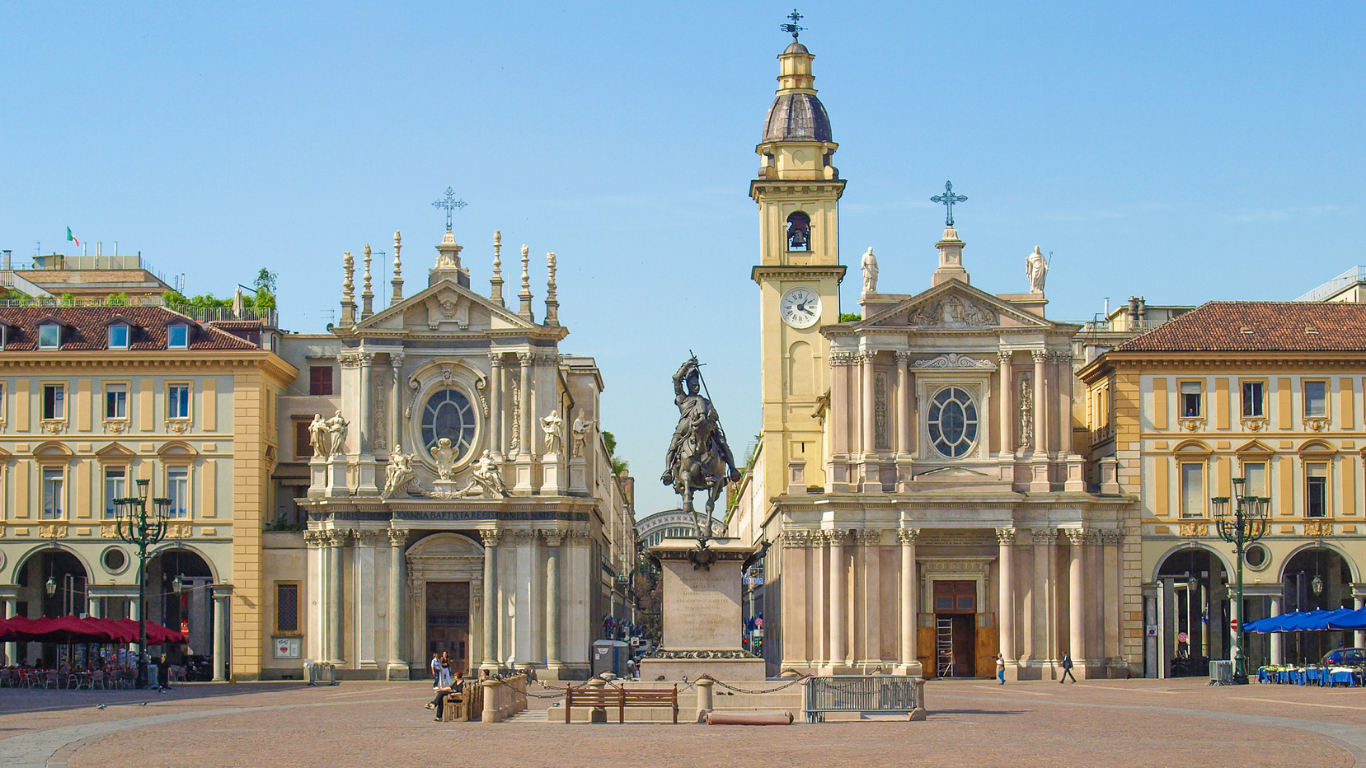
- Why is it exotic? 🤔
Known as Turin’s ‘living room’—elegant, open, and beautiful. - Best time to visit 📅
Around sunset for golden tones on the buildings. - Photography tip 📷
Shoot from the middle for symmetry, or catch street life.
5. Turin Cathedral & Shroud Chapel
The Shroud of Turin, a religious artifact believed to be the burial shroud of Jesus of Nazareth, is housed in the Chapel of the Holy Shroud, a Roman Catholic chapel in Turin, built in the Baroque style. It is attached to Turin's Royal Palace and situated next to the city's cathedral. One of the greatest examples of Baroque architecture, the chapel was created by architect-priest and mathematician Guarino Guarini and constructed at the end of the 17th century, under the rule of Charles Emmanuel II, Duke of Savoy. After suffering significant damage in a 1997 fire, it underwent a difficult 21-year rehabilitation process before reopening in 2018. The chapel's elaborate marble and wood dome is self-supporting.
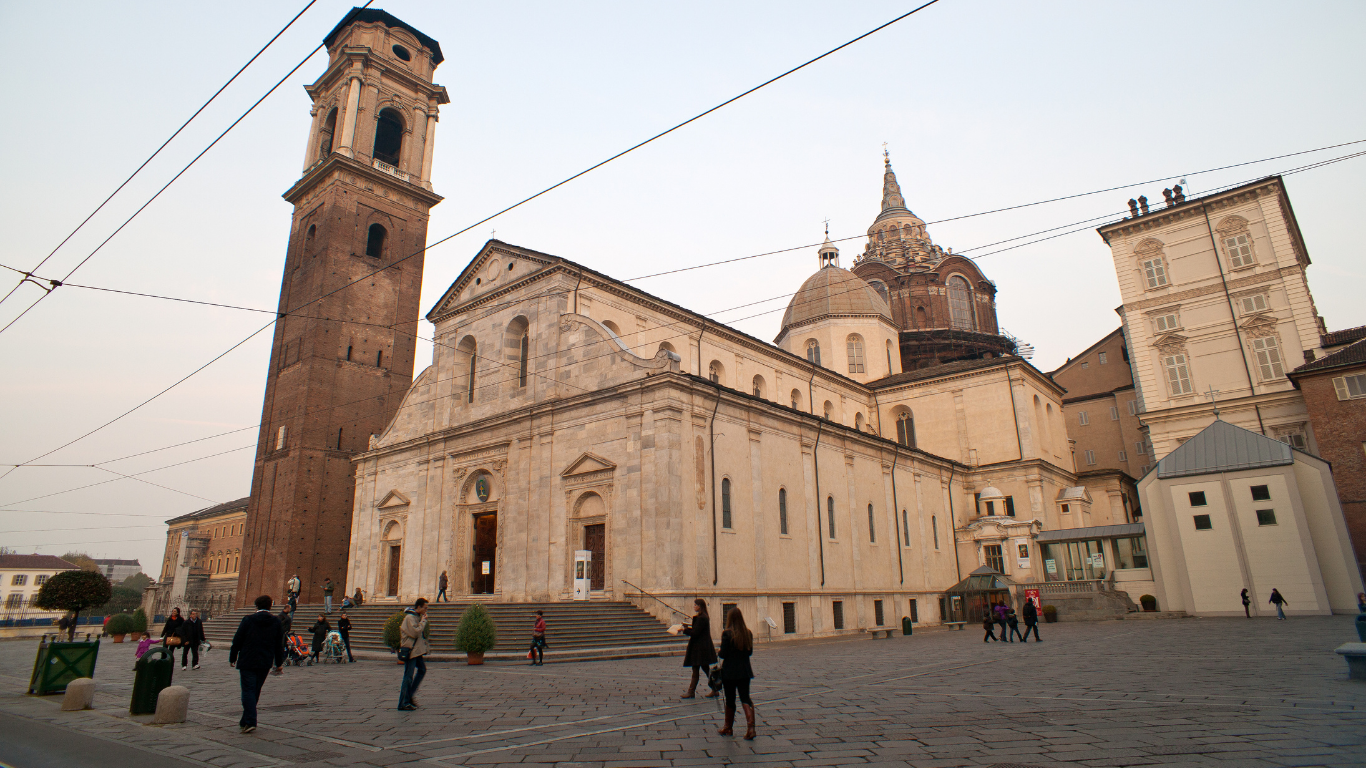
- Why is it exotic? 🤔
Home of the famous Shroud of Turin, full of religious history. - Best time to visit 📅
Morning, before it gets busy. - Photography tip 📷
Focus on the chapel’s arches and religious art.
6. Porta Palazzo Market
Porta Palazzo is regarded as Europe's largest outdoor marketplace. The name is derived from one of the entrances to the city during the period that Torino was a Roman military camp, as well as from the existence of a palace that served as the seat of the Senate throughout the Middle Ages. People used to congregate here on their way to town, so the neighbourhood quickly developed into a place to start a business, look for employment, sell, and purchase. Every day from early in the morning until 4 p.m., Monday through Saturday. Nearby, on Saturday, is the Balon flea market, and on the second Sunday of each month, there's the fantastic Gran Balon flea market.

- Why is it exotic? 🤔
Europe’s largest open-air market, buzzing with local color and culture. - Best time to visit 📅
Mid-morning, when everything is open and fresh. - Photography tip 📷
Capture the vibrant stalls and people in motion.
7. Via Roma & Galleria Subalpina
Numerous commercial spaces are housed in Turin's ancient Galleria dell'Industria Subalpina. It is one of Turin's three classic shopping arcades and is situated between Piazza Castello and Piazza Carlo Alberto. The building is an example of the typical nineteenth-century urban commercial district designed for bourgeois leisure and modelled after the usual Parisian streets. Prior to the Galleria Umberto I and the Galleria Nazionale (1889–1936), it was Turin's second commercial gallery.
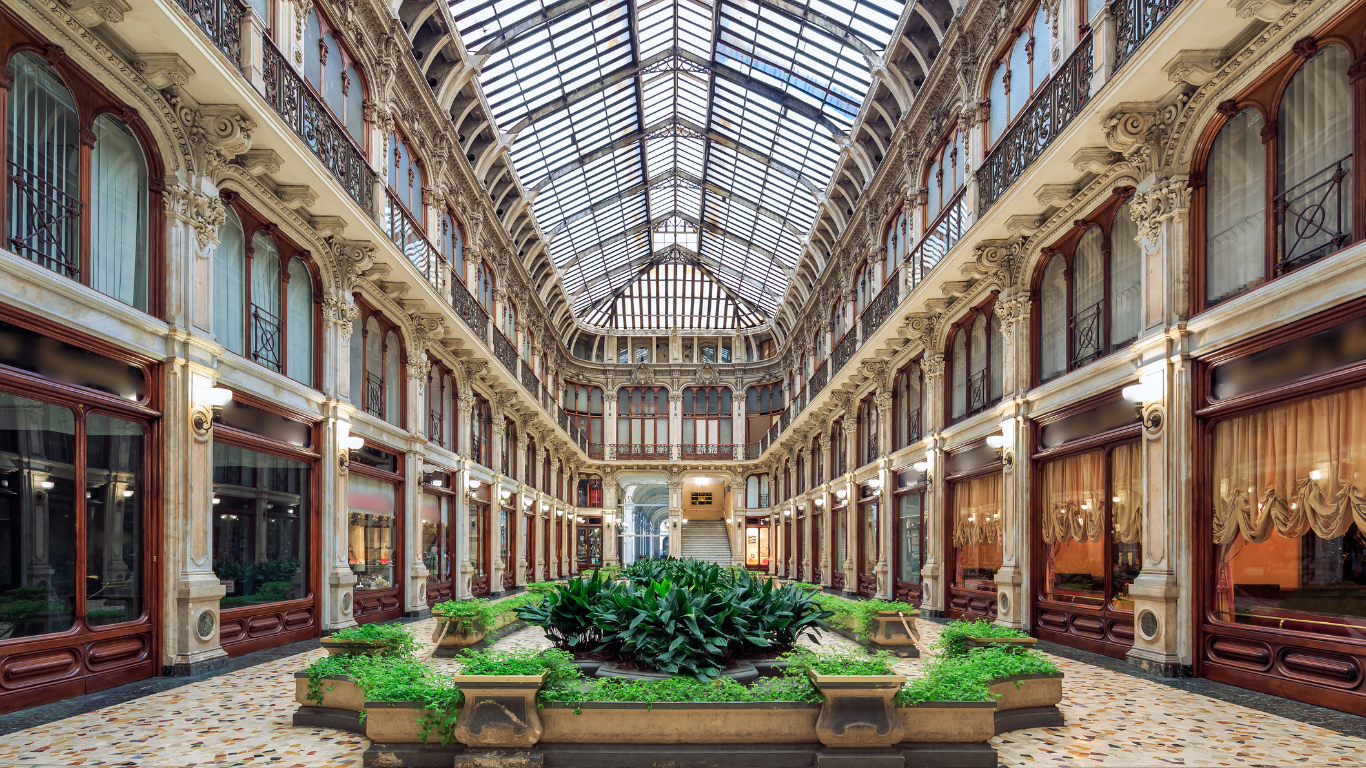
- Why is it exotic? 🤔
Elegant shopping streets and galleries with historic charm. - Best time to visit 📅
Late afternoon for soft interior lights. - Photography tip 📷
Shoot reflections, arches, and symmetry.
8. Parco del Valentino & Borgo Medievale
The Borgo Medioevale is an outdoor museum that features a restored mediaeval village and castle. It is situated on the Po River's bank in the Parco del Valentino, often known as Valentino Park. Replicating and imitating late-medieval architecture from the Piedmont region, it was created for the Italian General Exposition in 1884. Strict guidelines for adherence to historical models were followed in the reconstruction of the building, landscaping, and ornamentation. Many scholars, historians, artists, and technicians participated in the project, which employed more than 40 locations around the Piedmont and Aosta Valley as models.
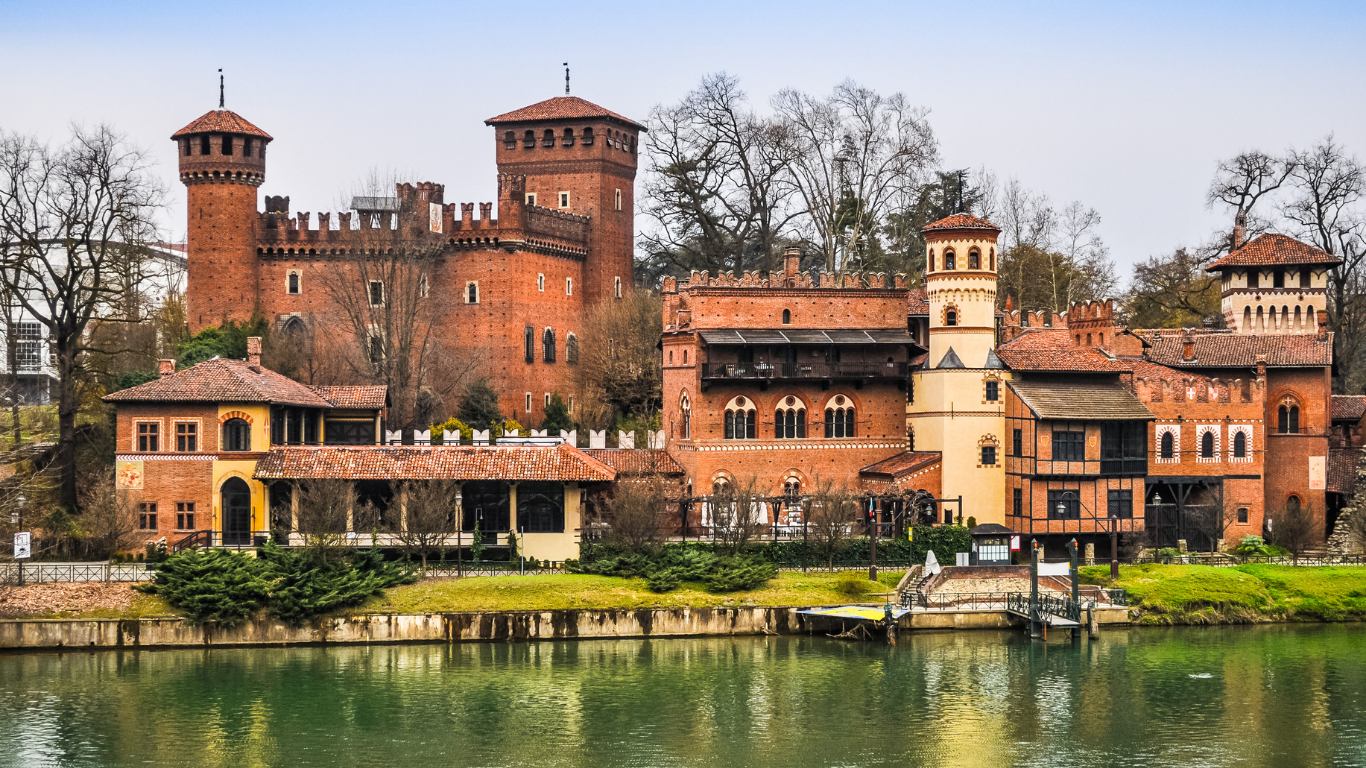
- Why is it exotic? 🤔
peaceful riverside park with a fairytale medieval village. - Best time to visit 📅
Morning or spring afternoon. - Photography tip 📷
Capture nature and castle-like structures together.
9. Palazzo Madama
Named for the decorations it got under two queens (madama) of the House of Savoy, Palazzo Madama is a palace in Turin, Piedmont, which served as the first Senate of the Kingdom of Italy. Along with thirteen other House of Savoy palaces, it was added to the UNESCO World Heritage Site list in 1997. The frieze's dentiled cornice, which is held up by brash consoles, extends forward over the main columns and discreetly over the middle bays of the flanking portions. The façade is topped with a matching balustrade embellished with white marble figures and vases.
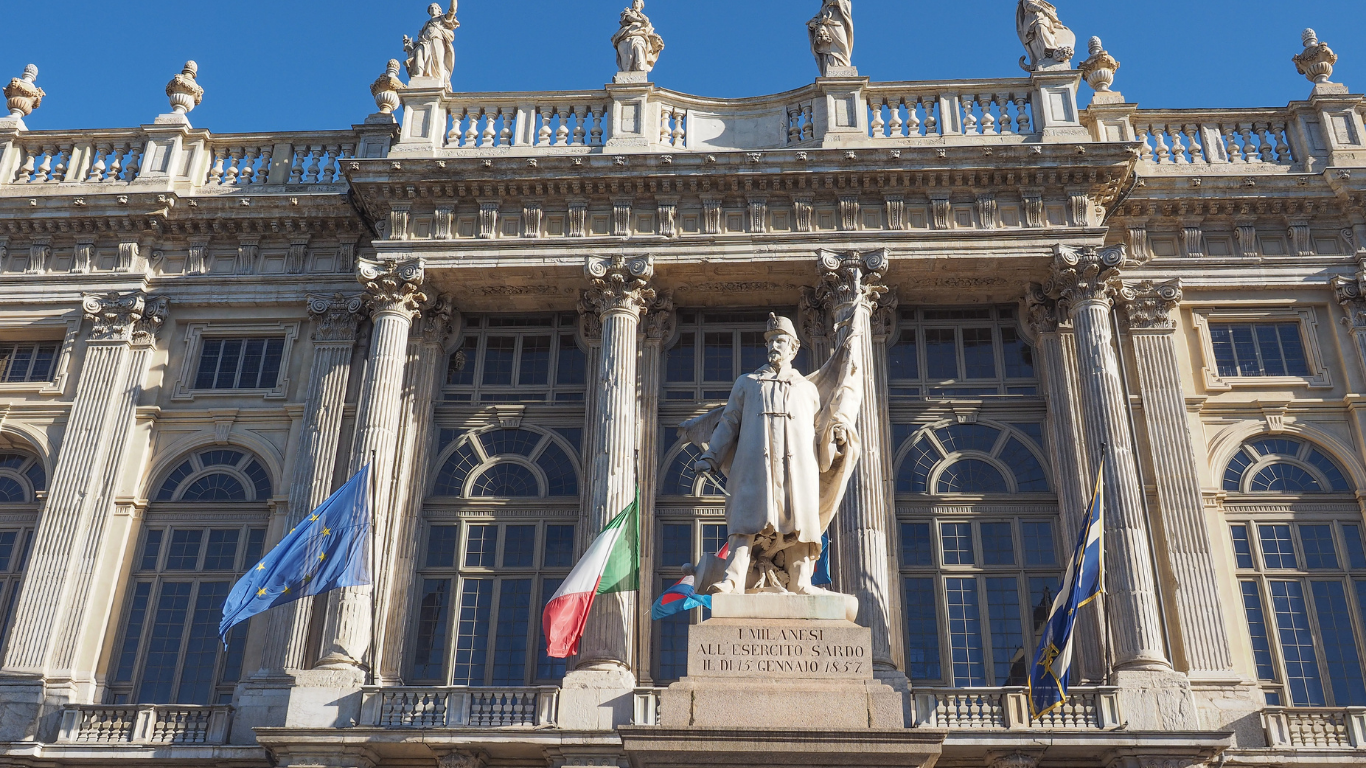
- Why is it exotic? 🤔
A mix of medieval and baroque architecture—stunning from all sides. - Best time to visit 📅
Midday for bright exteriors. - Photography tip 📷
Use wide angles to catch the façade and statues.
10. Monte dei Cappuccini
Monte dei Cappuccini is a tiny hill in Turin that is 325 metres high. It is located in the Borgo Po area, very close to the city's historical heart, and is roughly 200 metres from the right bank of the River Po. Because it overlooked one of the Po's well-known crossing sites, this hill has been used for defence since ancient times. Remains discovered in the 16th century attest to the Romans' dedication of a modest temple to Jupiter at the peak in the first century BC. Additionally, there is proof that a modest Romanesque church named Santa Maria alla Bastita, devoted to the Virgin Mary, existed in the ninth century.
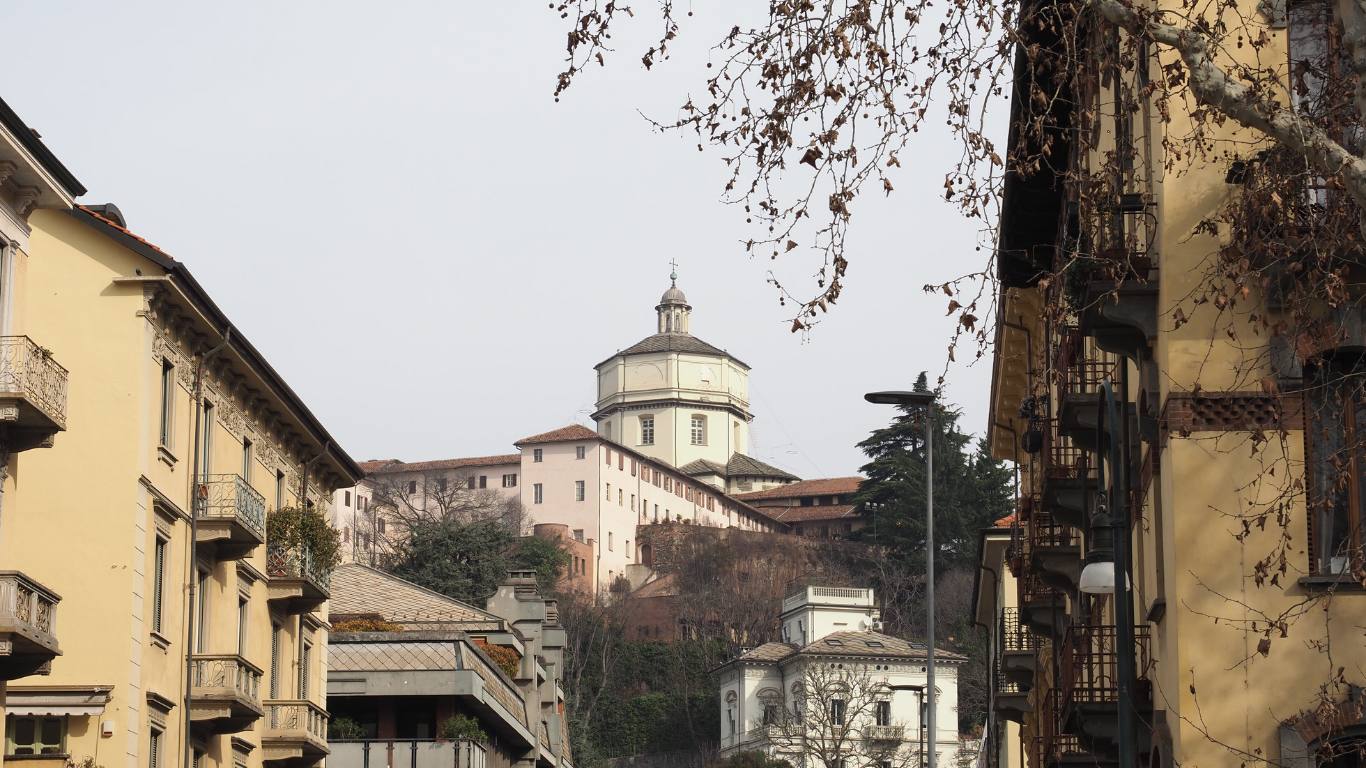
- Why is it exotic? 🤔
A quiet hilltop with amazing panoramic views of Turin. - Best time to visit 📅
Sunset or early morning. - Photography tip 📷
Shoot the city skyline with the Alps in the background.
Final Thoughts
These are the top photography spots you won't want to miss in Turin. However, there is much more to see and enjoy, as the city offers endless photo opportunities. Take a walk and explore more, and make both your day and your photos amazing. Hopefully, this guide will help you capture your best moments in Turin.
Ready to explore?
Don’t forget to bring extra storage, as you’ll be taking a lot of photos.
Check Out Our Blog

Where to Take the Best Photos in Jacksonville? Our 10 Must-See Spots


Top Applications of QR Codes in the Event Industry

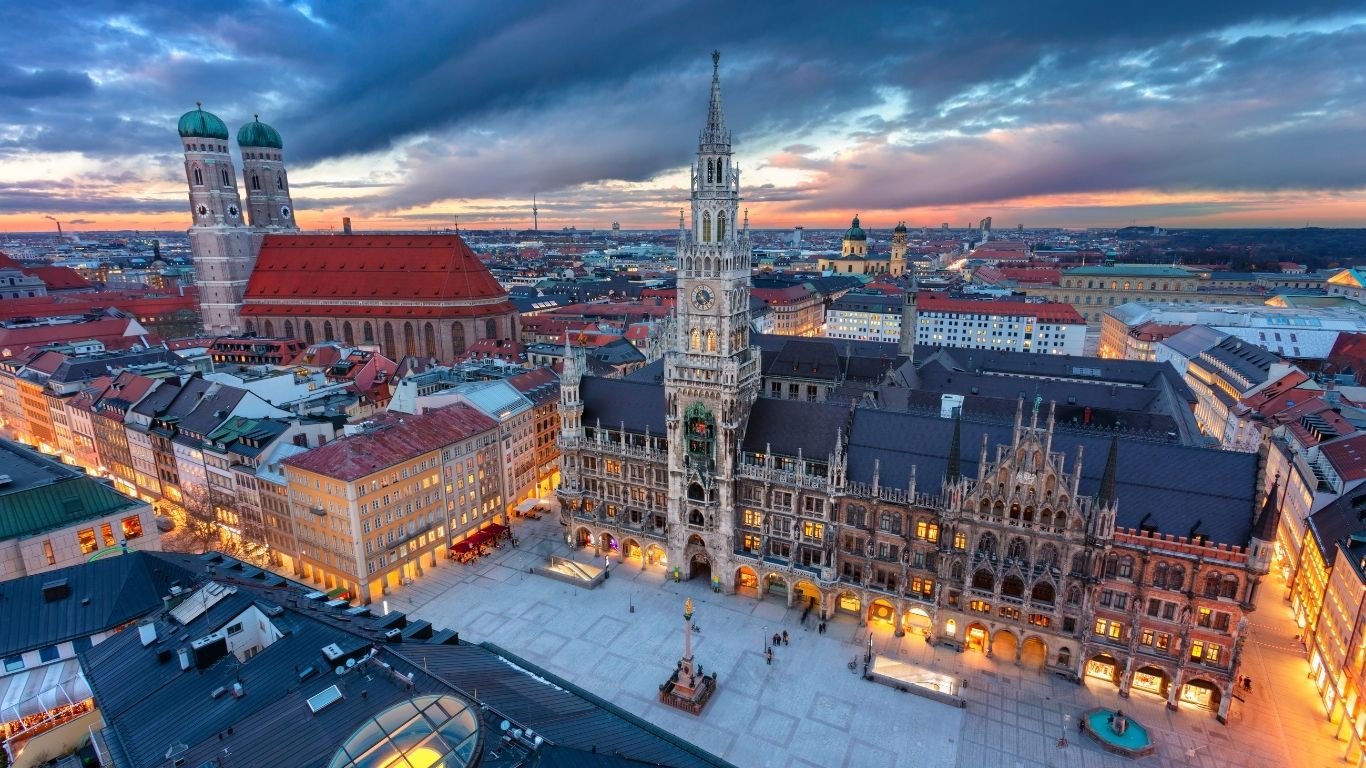
Where to Take the Best Photos in Munich? Our 10 Must-See Spots







